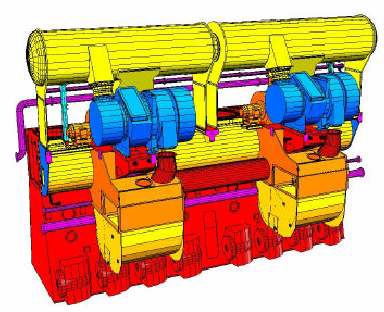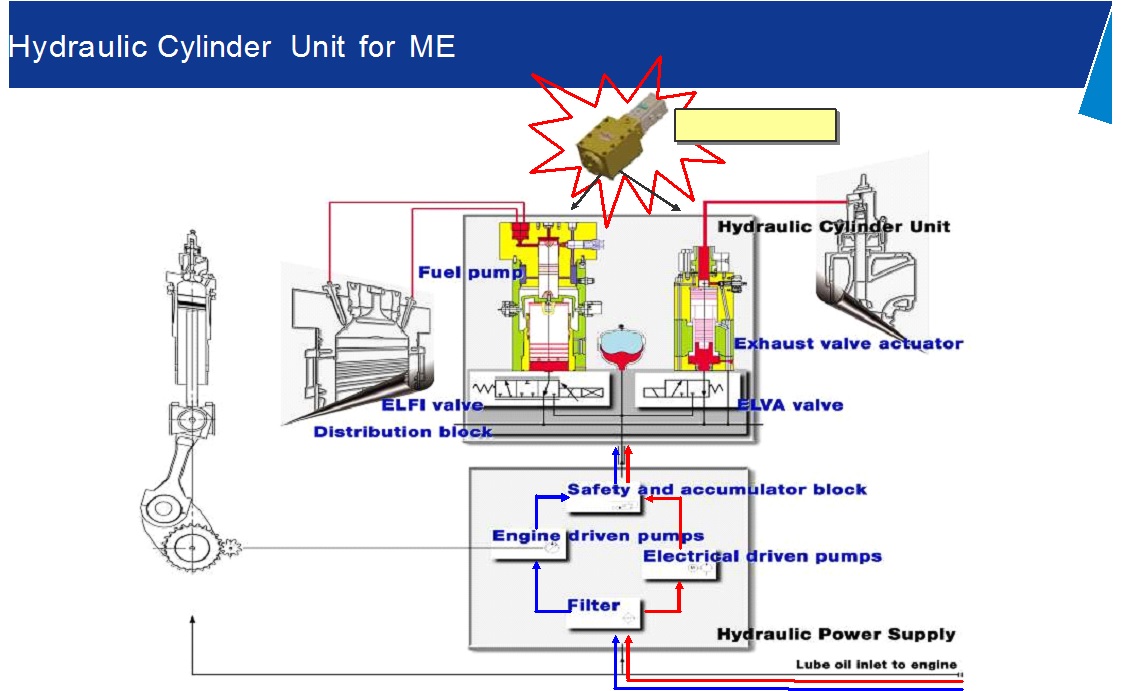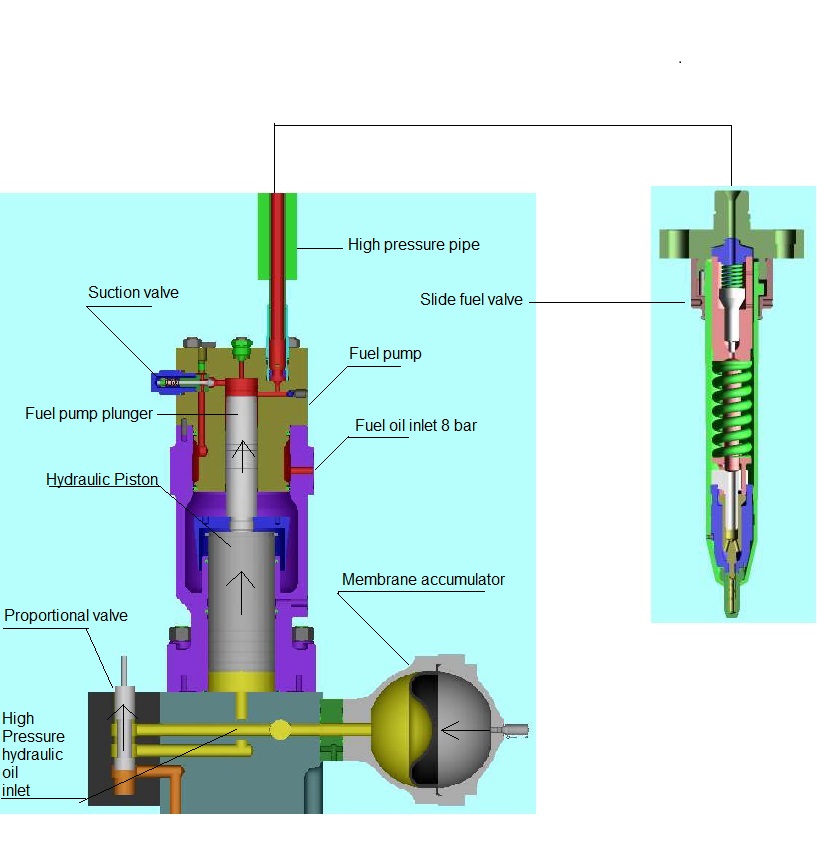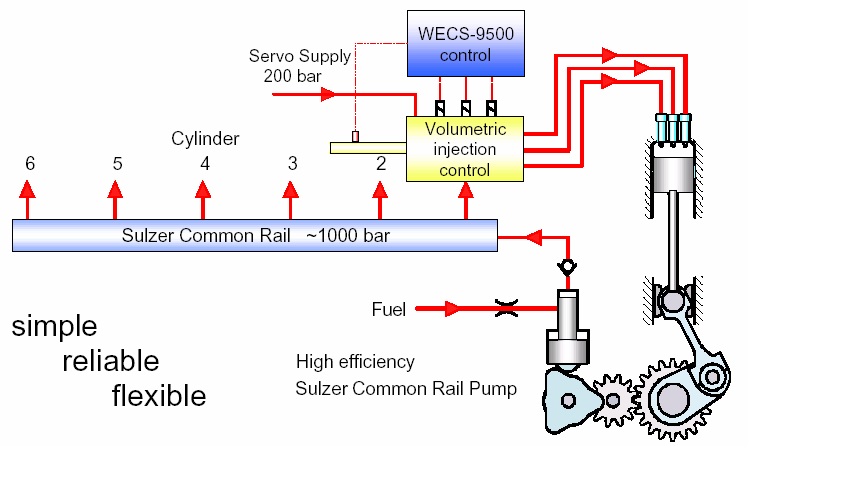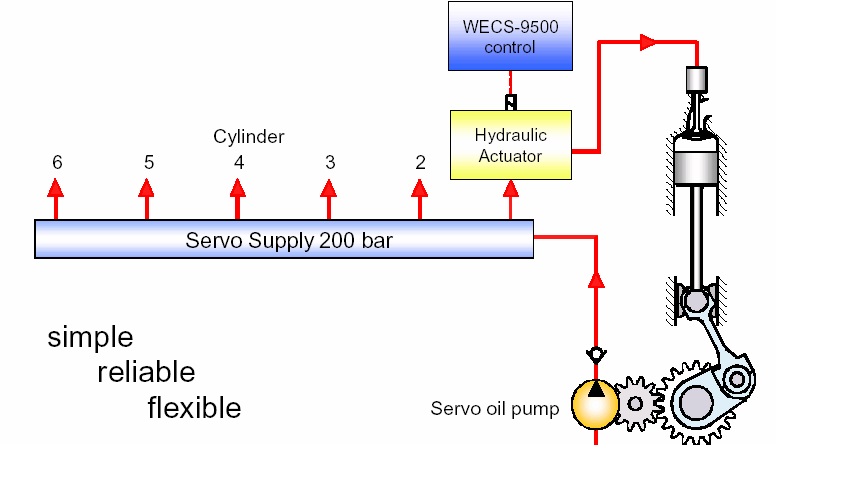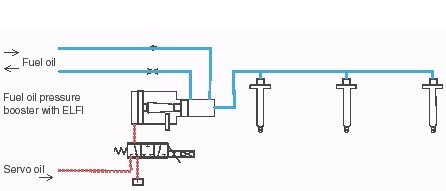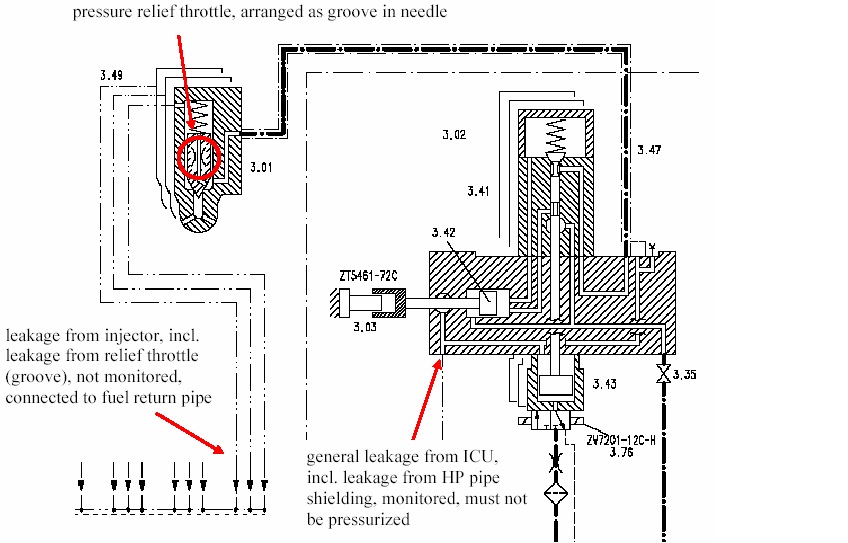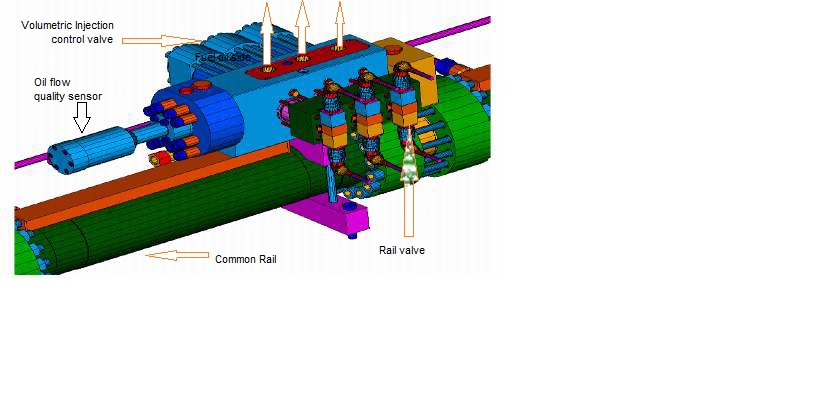Why and When do seafarers begin to look for shore
Why and When do seafarers begin to look for shore opportunities beyond seafaring?
It has been a long debated subject and whether one should spend major part of his life at sea or spend just enough that allows him to seek opportunities ashore, is anybody’s guess. Is it considered better to be at sea for most part of your life and look at shore assignments only as a retirement plan? Do all seafarers enjoy the flexibility or luxury of choosing their career paths?

The fact of the matter is that a career at sea is challenging, demanding and above all can have lasting effects on ones mind if he/she is unhappy whilst sailing.
Whatever be the reason, the thought of quitting sea life and settling ashore does cross the mind of every seafarer at some point of time. Those who plan and structure their career paths and plan the road ahead find it relatively easy to transcend into shore based roles and get used to a balanced life ashore. Of course that doesn’t defy the age old adage – Once a Sailor Always a Sailor!
So then what are the factors that seafarers consider when planning a switch? From an unsettled life to extremely busy schedule at sea, seafarers of today would want to quit sea life and settle ashore for a number of reasons. Few of the contributing factors are as follows:
• Reduction in manpower leading to additional burden on existing crew
• Tightening of Maritime Regulations
• Less time allowed for time spent ashore
• Family commitments/ resolving personal issues
• Hectic lifestyle on board and unsettled and aloof ashore
• Lack of recreational facilities on board
• Lack of social life and entertainment on board and disconnected when ashore
• On board politics creating stressful situations
Having looked at some of the factors that drive seafarers towards looking at shore assignments it is worthwhile to note that a number of seafarers also move from active seafaring to a shore job with a view of accelerating their career. Few notable reasons are as follows:
• Stagnation at top rank
• Greener pastures ashore
• Better job prospects and intellectual growth
• Career Progression and opportunities to showcase talent
• Achieve work life balance as opposed to extremes that are part of a seafarers life
In summary it can be said that the switch from seafaring to a career shore must be well thought of, planned and executed in a manner that it enables the seafarer to settle ashore once and for all. It is a decision that must be made after careful consideration of factors such as financial stability, wants and desires of family, personal and professional goals and most important of all – is the role that is being sought something that one likes? Because the biggest blunder one can make is to choose a wrong path which could spell disaster. Structuring your career path at any stage of life is fundamental to achieving success and it starts with making right choices based on facts rather than assumptions. It can be said that those who make a well informed move are the ones
 ● In tankers during loading and discharge Tank vapours can be released and sent clear of the decks through high velocity vent.
● In tankers during loading and discharge Tank vapours can be released and sent clear of the decks through high velocity vent.




 Over our morning cup of tea it occurred to us that the weather in the Gulf of Mexico had surely changed for the worse since then . Hurricane Katrina devastated New Orleans in 2005 and Hurricane Sandy in 2012 hit the East Coast of USA causing a lot of destruction . These are two of these storms which will be remembered for long by sailors. Tornado’s are also being reported with increasing frequency in this region.
Over our morning cup of tea it occurred to us that the weather in the Gulf of Mexico had surely changed for the worse since then . Hurricane Katrina devastated New Orleans in 2005 and Hurricane Sandy in 2012 hit the East Coast of USA causing a lot of destruction . These are two of these storms which will be remembered for long by sailors. Tornado’s are also being reported with increasing frequency in this region.





 then depend on the specific requirements of each role as all of them differ in what is required to be done. Officers from the Navigation as well as Engineering branches do find ample opportunities when they move ashore and it all boils down to one thing – what are you best suited to? The job requirements of an Operations Manager are very different from those that are required in an HSSEQ role. Similarly, the job demands of a Technical Superintendent managing 5 vessels is far different from a Surveyor who works for a classification society.
then depend on the specific requirements of each role as all of them differ in what is required to be done. Officers from the Navigation as well as Engineering branches do find ample opportunities when they move ashore and it all boils down to one thing – what are you best suited to? The job requirements of an Operations Manager are very different from those that are required in an HSSEQ role. Similarly, the job demands of a Technical Superintendent managing 5 vessels is far different from a Surveyor who works for a classification society.













